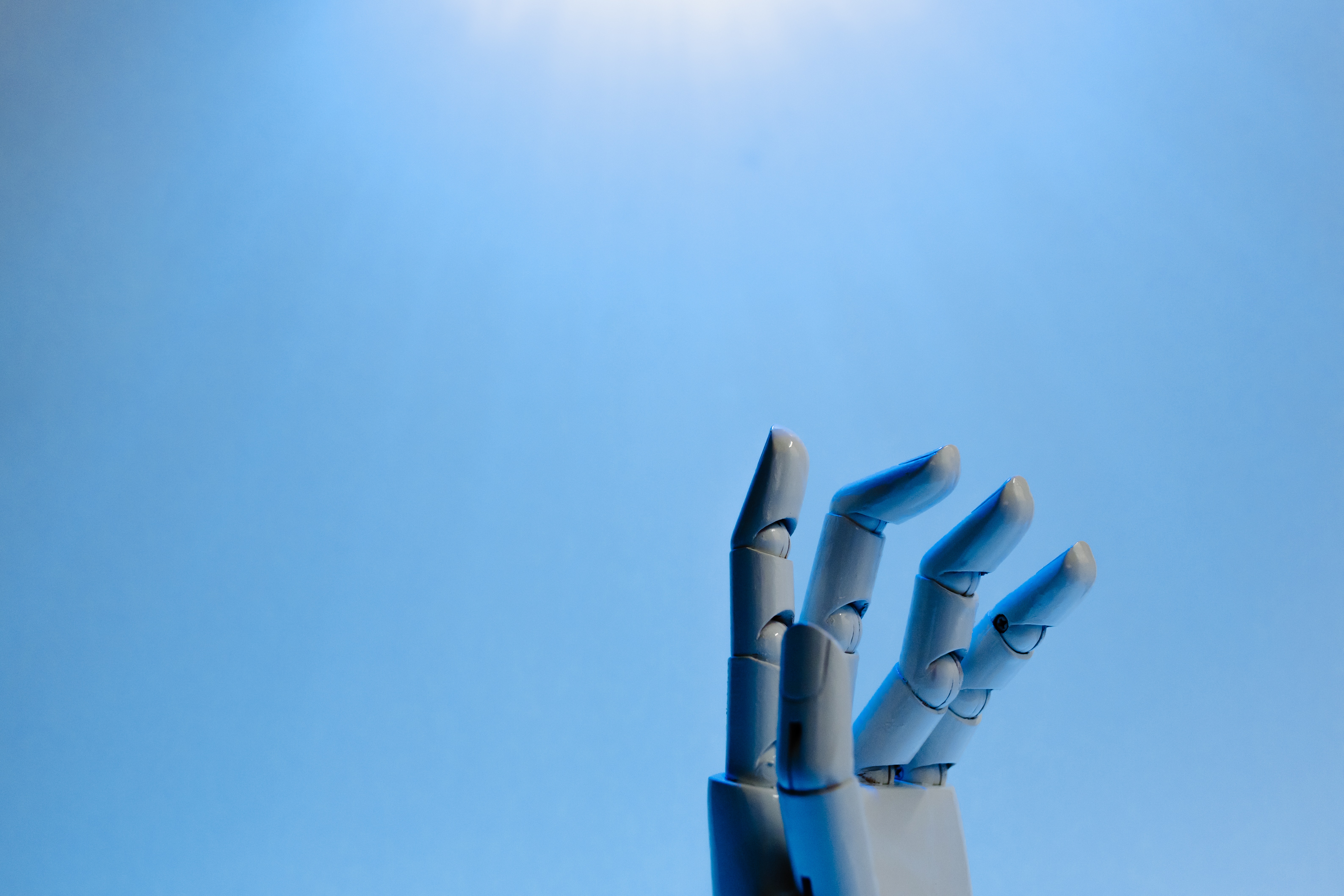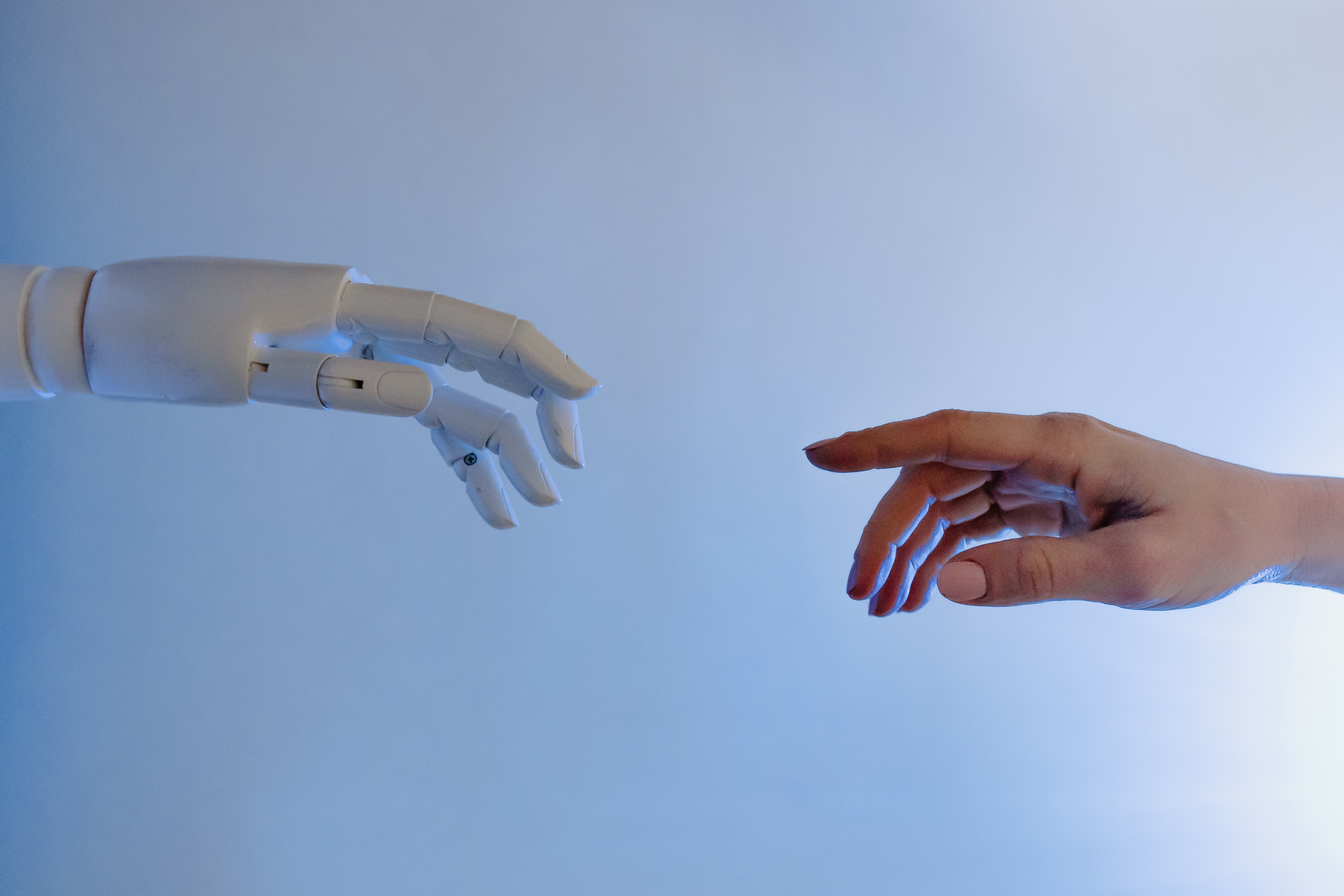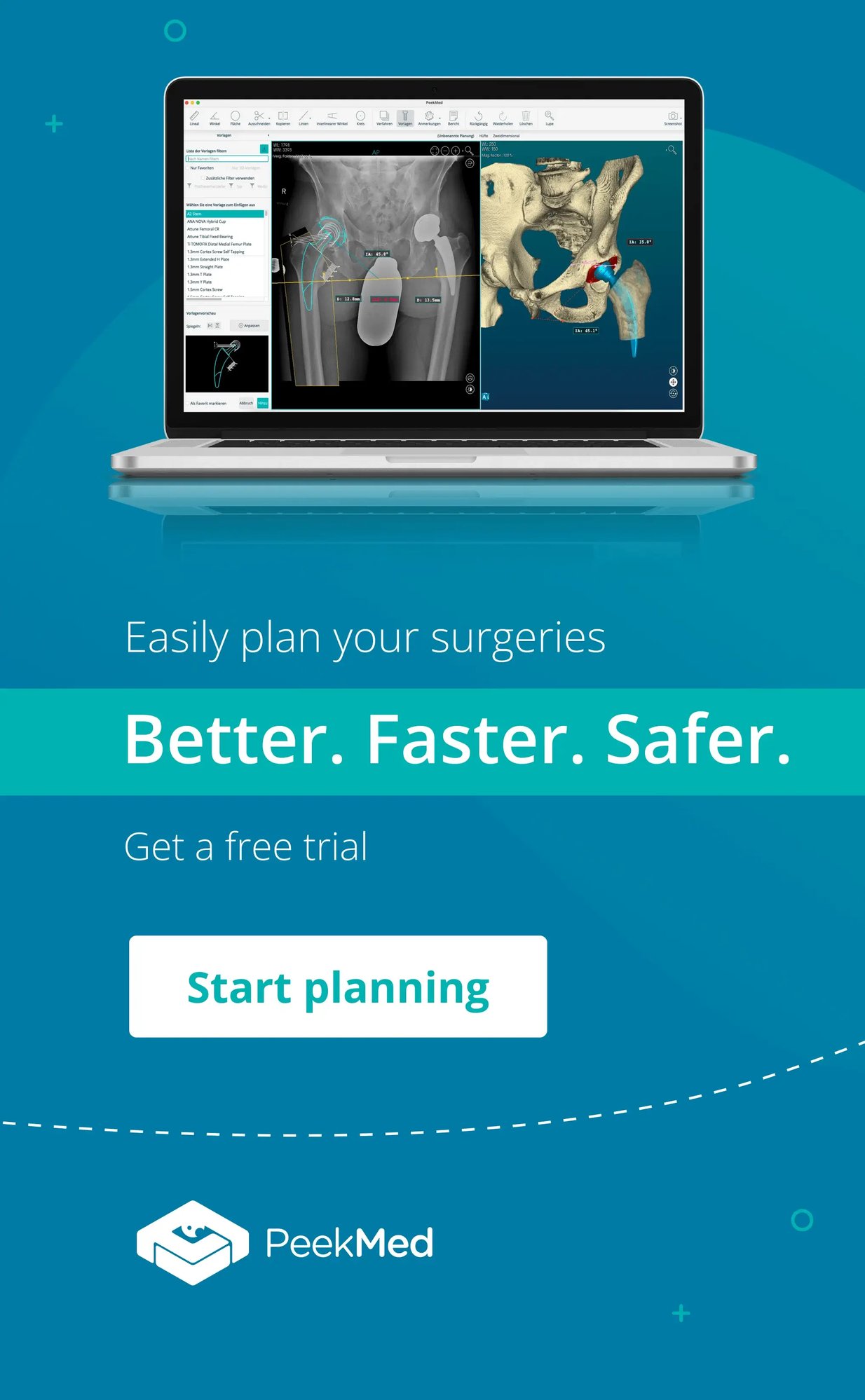PeekMed
Artificial intelligence in orthopedics is transforming how surgeons do their job by improving clinical decisions. Combining technology with surgical skills, doctors who are taking advantage of it can drastically improve patient outcomes.
This combination allows them not only to save huge resources, too but also to make the healthcare ecosystem more sustainable.
Machine Learning in Orthopedics, AI, Natural Language Processing. All these terms might sound overwhelming when you are living in the real world.
But It can be part of your day-to-day without a big deal and we will help you out with it.
Artificial Intelligence (AI) in Orthopedics and Machine Learning: How Does It Work
If you hear about AI and Machine Learning (ML) in orthopedics you might think they are two different things. But the truth is Machine learning is a type of artificial intelligence.
AI and Machine Learning are terms commonly used to cover a range of computer applications.
Within these computer applications, there is Natural Language Processing, which gives the computer the ability to understand and analyze human language.
By this, the computer uses neural networks and learning models to learn to distinguish patterns directly from data and learns on its own to select features to classify the input data.
To put it simply, using AI and machine learning algorithms, the surgeon can make good use of a huge amount of data. This allows them to comprehend, predict, act, and learn.

Examples of the use of Artificial Intelligence (AI) in Orthopedics
The primary goal is to take advantage of AI in Orthopedics to develop insights regarding the possible outputs, create patient-specific solutions, and reduce security issues.
All these complex tasks are being done in seconds and in an automatic way.
For instance, AI can translate the natural human language of a patient’s medical records, like surgery reports, into structured format data to query for the presence or absence of a finding or detail.
In orthopedics, it also has been applied to identify surgical site infections in free-text notes of medical records and achieved predictive abilities comparable with the manual abstraction process and superior to models that used administrative data only.
In hip arthroplasty, this technology has been using predictive models to identify common data elements and the classification of periprosthetic femur fractures.
Artificial Intelligence also had a huge impact on preoperative planning. Taking advantage of how medical imaging has evolved, surgeons can, now, use automatic bone segmentation tools. This allows them to plan and simulate different outcomes of the procedure to improve patient care.
Studies have also shown that with AI it is possible to review images on an unprecedented scale in digital picture archives and link them to outcomes.
Apart from identifying traditional orthopedic measures such as wrist angles algorithms can search for new patterns, for example, it is possible to go beyond simple angles into complex patterns that combine angles, comminution, and bone quality.
Artificial Intelligence (AI) as a tool to reduce risk to patient
Risk stratification in orthopedics has the potential to neutralize the influence of biased surgeons and thus overcome treatment inconsistencies. Small significant changes in daily decision-making in high-volume patient care will result in important overall public health advances.
The developed tools may enhance personalized survival prediction, from 30 days up to five years, and aid shared treatment decision-making, both surgical and non-surgical.
In arthroplasty, estimation of patients who will benefit from elective surgery will support optimization in treatment strategy and prevent patients from undergoing an elective procedure with an unacceptably high (individual) risk of adverse events.
The increase in powerful (cheap) computers and the availability of larger and more robust data have driven the use of ML in the health area and will bring about new solutions in the orthopedics industry, such as PeekMed.

Will Robots replace Orthopedic Surgeons in the future?
Artificial intelligence can quickly cast us into a futuristic scenario where androids would be in charge of medicine as orthopedic technologists. While AI in Healthcare is a big trend right now, it is unlikely to go that way.
However orthopedic experts do claim it is a technology to keep following.
Robotic surgery will also be a common orthopedic technology. Patients have so far shown great interest and enthusiasm for surgery assisted by robots, dazzled by the high-tech sophistication. However, they still prefer orthopedic surgeons to be around them during treatment.
Robotic surgery is making huge advances in medicine. However, a large component of the physician/patient relationship, even for surgeons, is communication. Which would be lost if Artificial Intelligence and Robotic surgery would be something automatic.
Robotics and AI will be always there in the future and a synergistic relationship between the human mind and them is the way forward for more effective care of patients.



